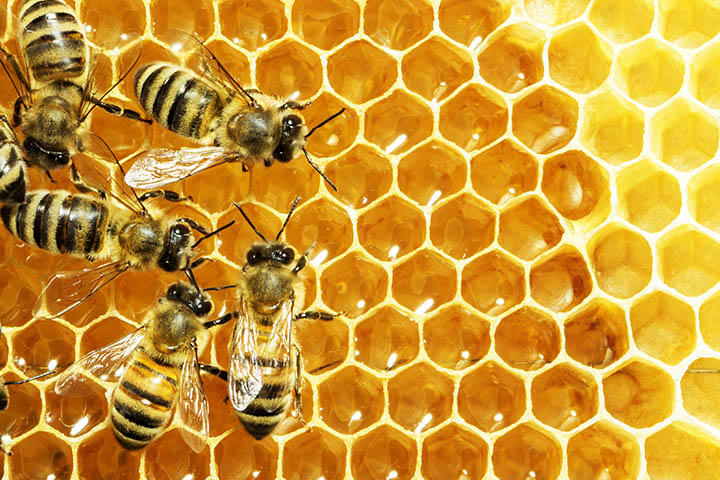The microbiome, which consists of invisible organisms like microbes, fungi, viruses, and bacteria, could offer insight into the health of our cities and their residents. Honeybees function as natural swabs in urban environments, picking up microorganisms and particles as they move through the city.
In a study recently published in the journal Environmental Microbiome, researchers found that the common honeybee could be used to analyze the makeup of urban microbiomes. The information found during these analyses could potentially allow us to improve the health of cities and their residents.
What Is the Microbiome?
In biology, the microbiome is a tiny ecosystem inside of our bodies that contains trillions of microorganisms of thousands of different species. These organisms include bacteria, fungi, parasites, and viruses. In healthy individuals, these organisms help the body operate smoothly.
The urban microbiome consists of the same microorganisms found in our bodies, but in the form of microbial communities that can be found in all levels of the city, from soil and air to buildings and wastewater.
Just as each person has a unique microbiome, urban microbiomes vary from city to city. And just as the microbiome in humans affects the health of the individual, urban microbiomes have major impacts on the function of cities and the health of residents. In addition to human health, the microbiome contributes to biodiversity, nutrient cycling, and pollutant detoxification.
Several studies have explored the role of the microbiome and whether it is possible to find microbial urban signatures for individual cities. By better understanding how the microbiome works, city planners could design cities with microbes and their roles in mind.
Current Methods for Urban Microbiome Analysis
There are several ways to study the microbiomes of cities. Testing wastewater became a popular method during the COVID-19 pandemic as scientists worked to better understand how COVID spreads through communities.
However, wastewater testing is limited to microorganisms that have been processed by human beings. To fully understand the microbiome of a city, it’s necessary to analyze the full spectrum of microorganisms, including everything that is not processed by humans.
How Honeybees Can Aid in Microbiome Research
The honeybee can be a valuable tool for scientists that study city health and the role of the microbiome. You may already know that honeybees collect pollen and nectar when navigating the world, but they also pick up microorganisms and minute particles on their bodies, which they shed when returning to their hives.
Honeybees typically forage within a mile radius of their hives, which means that they can pick up valuable information specific to a city or neighborhood. This information, in the form of microorganisms, is transferred to the honey they produce. It is also found on their bodies and in the debris found in beehives.
New Report on Using Bees For Microbiome Research
In the recent Environmental Microbiome report, researchers examined how honeybees could be used to gather urban microbiome samples. They collaborated with teams of local beekeepers in five cities—New York, Tokyo, Venice, Sydney, and Melbourne—to connect and analyze microbes from samples of honey, bee parts, and hive debris.
The first samples were collected in New York City. The researchers compared microbes from two neighborhoods in Brooklyn and one in Queens to see whether the microbes differed between them. They found a diverse range of species, including both human-related pathogens and bacteria from plants and the larger urban environment. The most variation was found in the hive debris.
Other cities from the study yielded sample data directly related to the unique characteristics of the city. For example, the Venice samples contained fungi related to wood rot, due to the city’s many buildings that are supported by wooden piling underwater. Tokyo’s samples contained genetic traces of a fermenting yeast used to make miso paste and soy sauce.
Based on these unique findings in each city, the researchers determined that cities have unique “microbial signatures” related to cultural and geographical factors.
How Can This Data Be Put to Good Use?
The researchers believe that their findings could have multiple valuable uses.
Understanding microbial environments can help us better understand the numerous ways that marginalized communities are disproportionately affected by health and environmental inequalities. Data on urban microbiomes can help scientists and city planners better understand the factors that make a neighborhood healthy or unhealthy and plan around these factors.
This study showed that bee material could potentially help health officials with pathogen surveillance. In the Tokyo samples, researchers identified the pathogen Rickettsia felis, which causes the bacterial disease colloquially known as “cat scratch fever.” Furthermore, they were able to conduct additional analysis to find the genetic factors that allow this disease to infect its hosts.

